An immersion heater is, simply put, a number of elements, usually 3, elements, a screwplug and a IP rated terminal box to protect the connections.
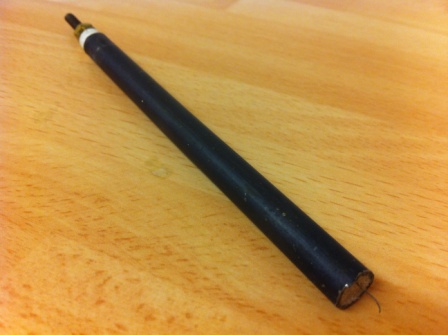
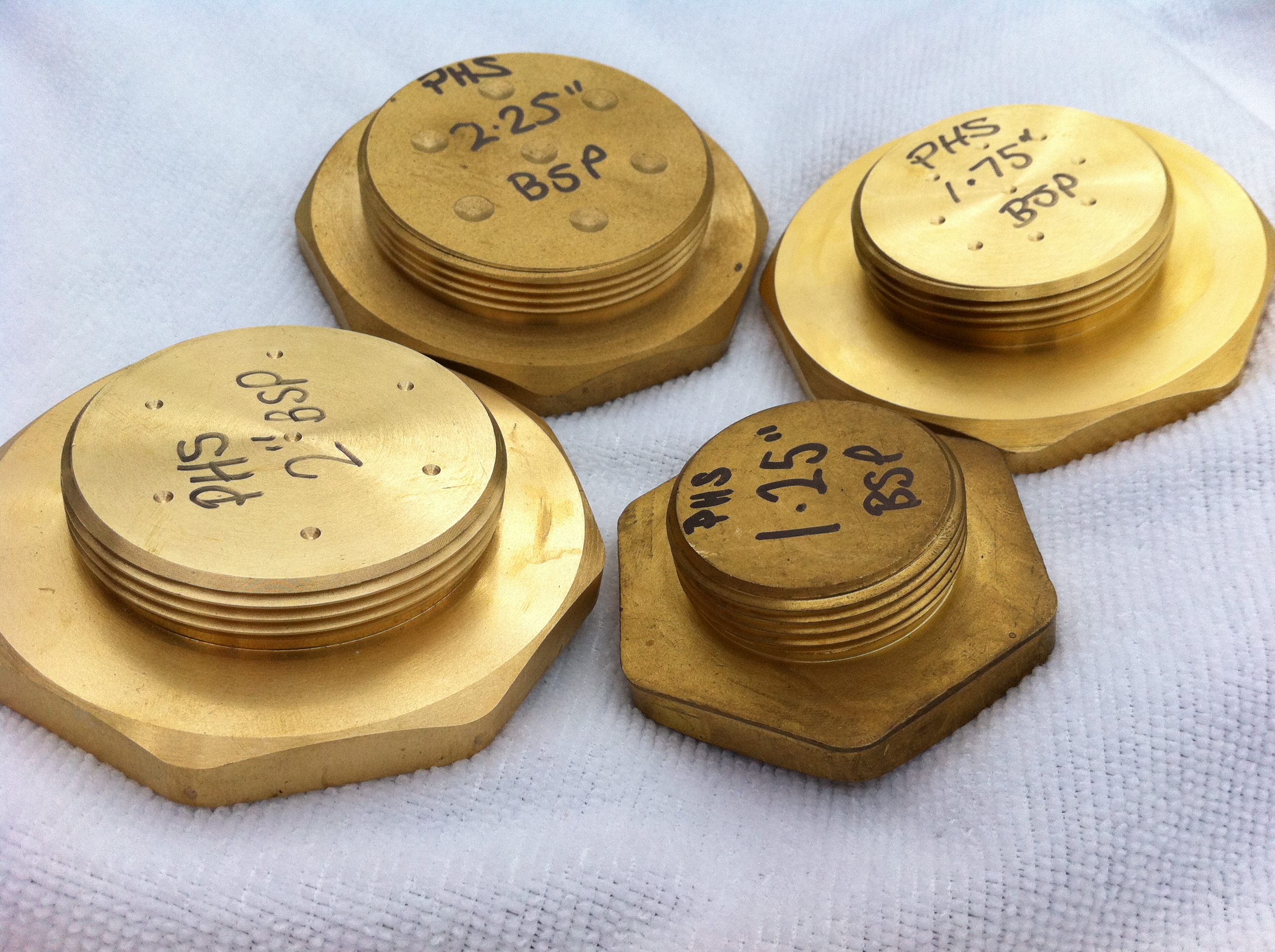
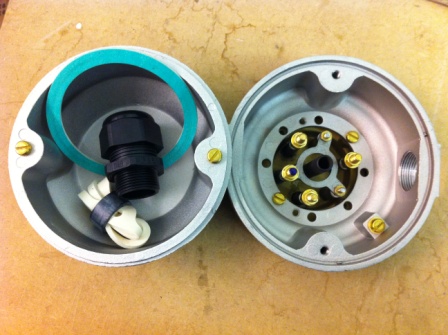
And, in the best Blue Peter traditions, here’s
one we made earlier…
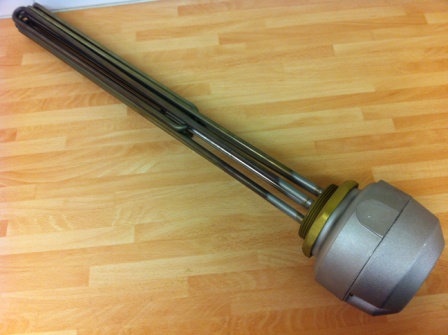
The heater is then screwed throught the side of the tank using a weld boss…
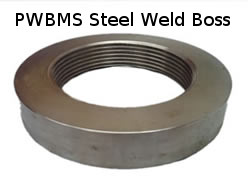
Mild steel tanks require mild steel weld bosses, and likewise, stainless steel tanks require horribly priced stainless steel weld bosses. I’ll tell you what brass bosses are used for when I find out.


